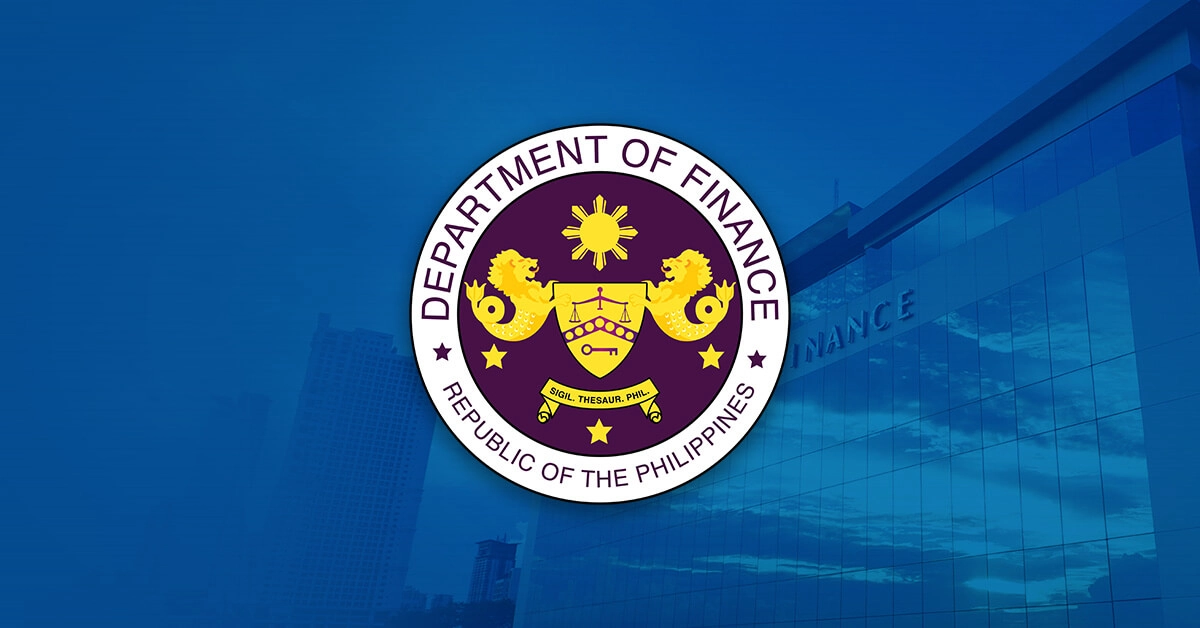The national government (NG) continues to manage the large debt it has inherited from the previous administration by growing the economy faster, thus bringing borrowings down to a sustainable level and below the 70% international threshold for the debt-to-GDP ratio.
The Marcos, Jr. administration inherited a massive PHP 12.79-trillion debt when it took office in 2022.
As of end-April 2025, the national government’s total outstanding debt stood at PHP 16.75 trillion—relatively lower than most countries in Asia, according to the latest available data. Japan’s total debt is at PHP 485.94 trillion; Singapore’s at PHP 53.68 trillion; South Korea’s at PHP 46.89 trillion; Indonesia’s at PHP 31.37 trillion; and Thailand’s at PHP 17.73 trillion.
The Duterte administration has added PHP 6.84 trillion in debt due to the pandemic, surpassing the combined borrowings of all previous administrations from Marcos, Sr.’s PHP 365 billion; C. Aquino’s PHP 372 billion; Ramos’ PHP 681 billion; Estrada’s PHP 766 billion; Arroyo’s PHP 2.40 trillion; and to B. Aquino’s PHP 1.37 trillion.
Despite inheriting the larger debt stock, the Department of Finance (DOF) has already made improvements to the country’s debt statistics by reducing the NG debt-to-GDP ratio to 60.7% in 2024 via a prudent debt management strategy.
With the economy continuing to grow faster—reaching about PHP 36.8 trillion in 2028—compared to its obligations, the country remains firmly on track to reduce the NG debt-to-GDP ratio to below 60% by the end of the President’s term.
As of end-April 2025, the country’s domestic debt continued to comprise the majority, or 69.2% of the total debt stock, while external obligations only accounted for 30.8%. Since a large chunk of the borrowing remains local, this means that the interest payments are being circulated back into the economy.
Under Secretary Ralph G. Recto’s leadership, the Bureau of the Treasury (BTr) is adopting an 80:20 borrowing mix strategy in favor of domestic sources to support the development of local capital markets and mitigate foreign exchange risks.
Moreover, 91.5% of the government’s borrowing consists of fixed interest rates, which shields the country from sudden increases in interest and exchange rates.
On the other hand, 81.3% of the country’s borrowings have long-term repayment periods, creating ample fiscal space for the government to allocate funds to grow the economy.
With the DOF’s intensified tax administration efforts, tax collections continue to post double-digit increases, allowing the government to fund the President’s priority programs and projects without imposing new taxes on the people and keeping debt growth well within sustainable levels.
For the first four months of the year, tax collections grew by double digits to 11.49%, reaching PHP 1.43 trillion. This is higher than the nominal growth of GDP for the first quarter of 7.6%, indicating fiscal sustainability. This puts the government on track to hit its collection targets for 2025.
Specifically, the Bureau of Internal Revenue (BIR) was able to collect PHP 1.11 trillion as of end-April, 14.50% higher compared to the same period last year.
Meanwhile, the Bureau of Customs’ (BOC) overall collection for the four-month period reached PHP 306.1 billion, exceeding last year’s performance by 2.16%.
The country’s fiscal deficit has also been steadily narrowing, dropping to 5.7% of GDP in 2024—a significant improvement from the pandemic peak of 8.6% in 2021, 7.3% in 2022, and 6.2% in 2023. This is on track to decline to about 3.8% by 2028.
The government’s strict adherence to fiscal discipline has earned it a recent credit rating upgrade of A- from Japan’s Rating and Investment Information Inc. (R&I) and an outlook upgrade to positive from S&P Global.
Securing a credit rating upgrade and affirmation signals high investor confidence in the Philippines’ economic performance, increasing investor interest in Philippine bonds, and resulting in lower borrowing costs for the government.
In return, these borrowings are reinvested into the economy through growth-enhancing investments, such as infrastructure, education, agriculture, health, and social services that produce more jobs for the Filipino people.




